Gram for gram, few parts compare to brake pads when it comes to making a massive difference in your ride experience. Choosing the best pad compound – whether it's for rainy DH race runs, dusty enduro stages, dank XC marathons, or tacky trail laps with buddies – is not so much about what you ride but how you want to ride. There's no right or wrong pad – it's more about understanding how each compound can fine-tune a bike to feel just right.
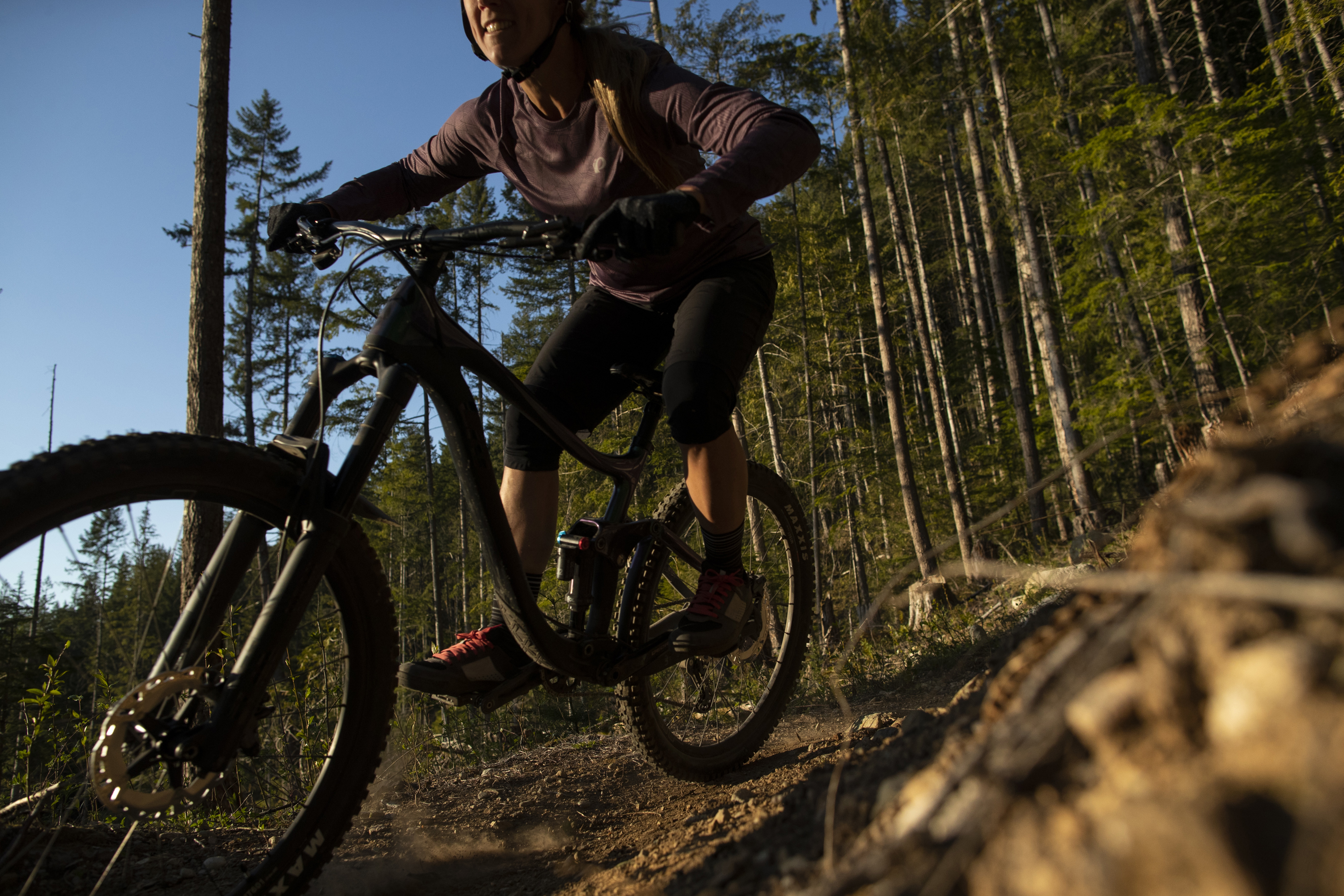
Metal or Resin: The Basics
Resin brake pads, also referred to as organic or semi-metallic pads, are made from a mix of fibers bonded together by a strong adhesive. Typically, the fibers are softer than metal, which generally leads to quieter brakes.
Metal brake pads, sometimes called sintered, are made from metallic particles fused together. This compound is often used for OEM spec, meaning they come stock on bikes from the shop or manufacturer. This choice is due to versatility, durability, and metal's ability to perform in a wide variety of conditions. For these same reasons, many cars and motorcycles also use metallic pads.
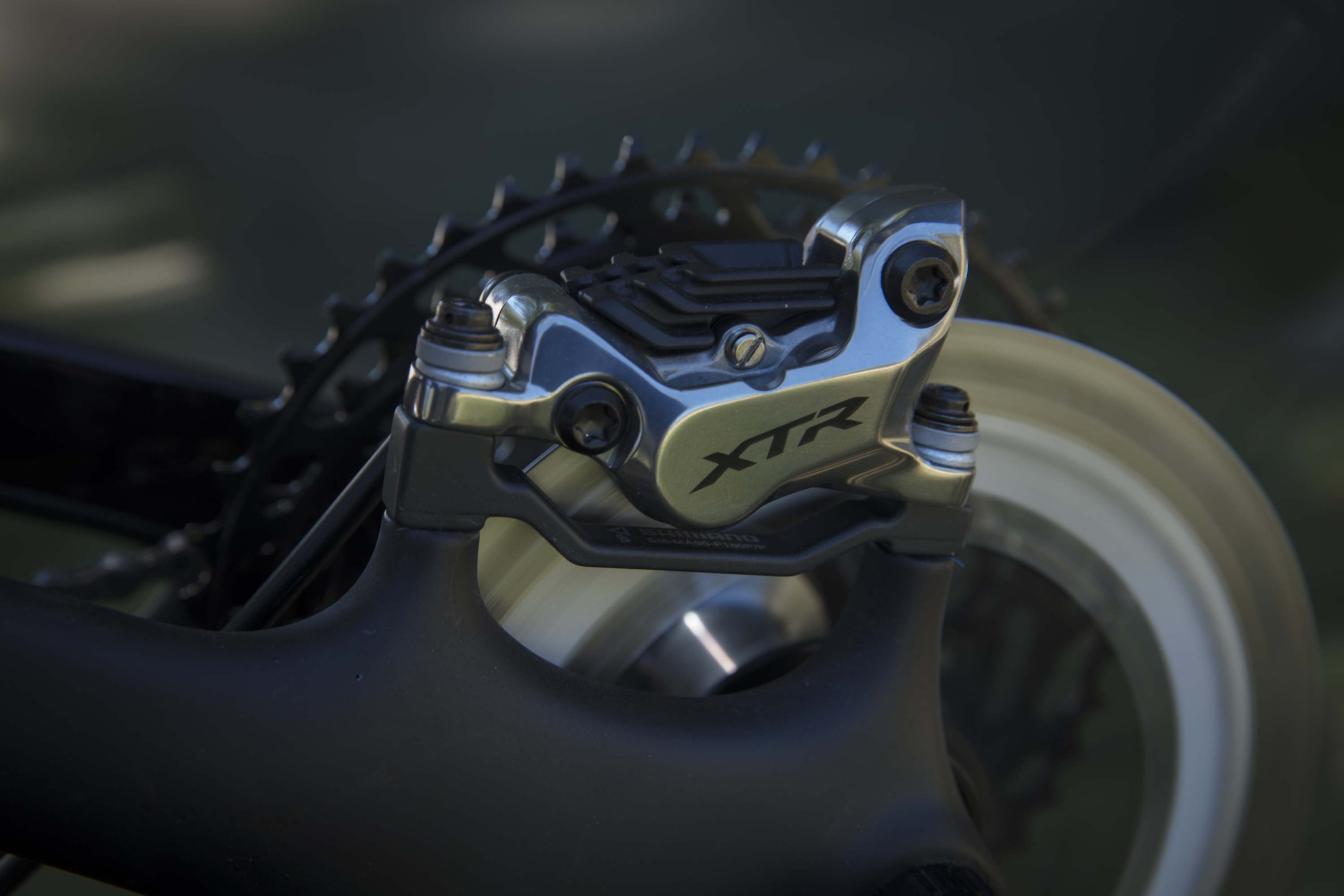
Metal or Resin: Weather Considerations
Whether racing downhill, riding trails, or smashing cross country laps, the primary reason to go with metal brake pads comes down to weather conditions. In rainy climates, like the Pacific Northwest or New England spring, metal pads get the nod for their relative longevity in wet, muddy conditions compared to resin. Metal pads will last longer under these conditions, saving money and extending service intervals. For those marathon MTB races where the pads need to last 2-3 hours in adverse conditions, consider the longevity of metal pads for durable reliability from start to finish.
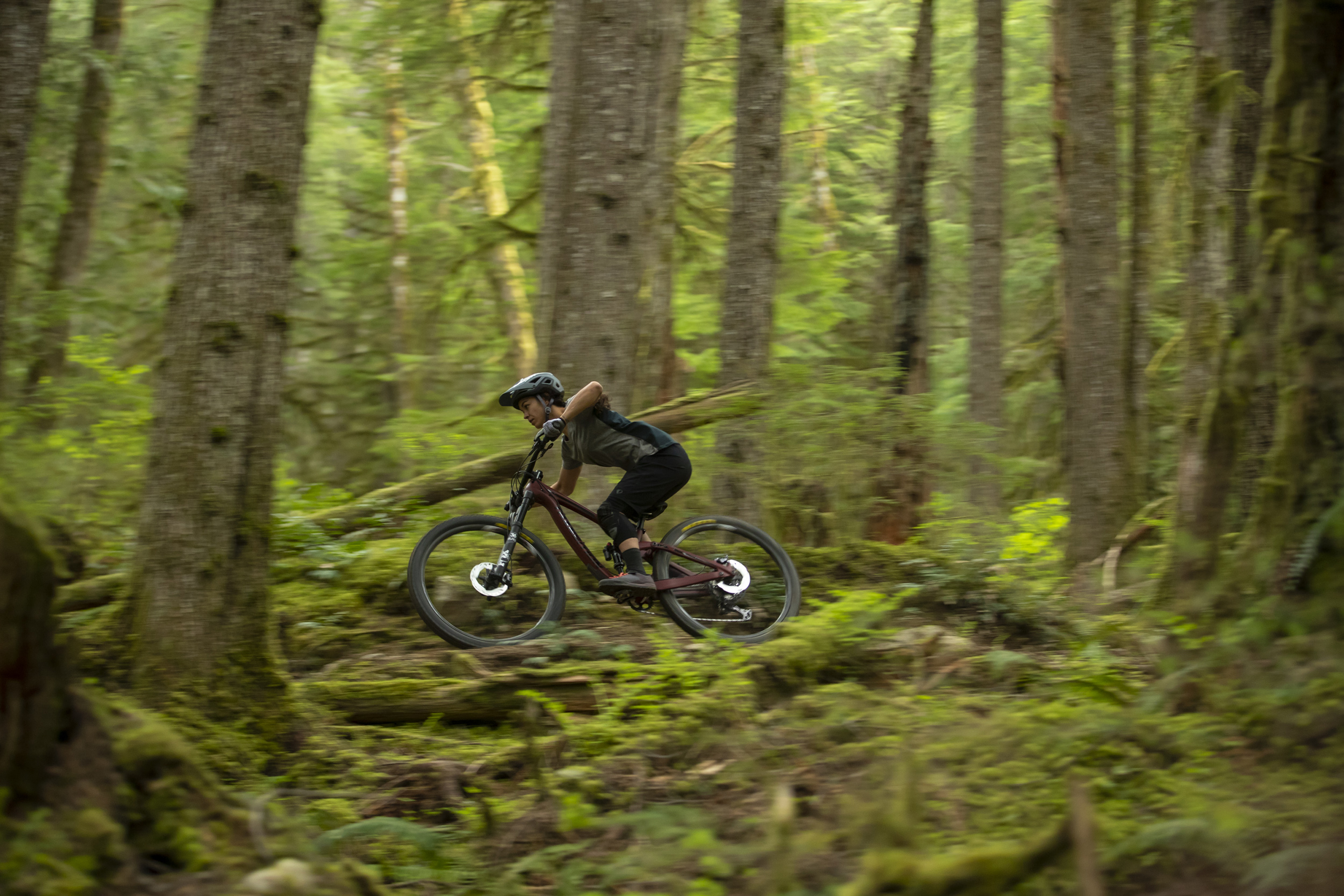
Metal or Resin: Noise Reduction
Brake squeal will drive riders nuts, and few components can generate more racket than a contaminated set of disc brake pads. Heat, moisture, dust, oil, and other grime can cause brake pads to scream. Resin pads are generally quieter, and they will operate with less noise in dry and dusty conditions. A brake system's ability to manage heat can also impact the decibel level, and pad design can help alleviate the racket as well.
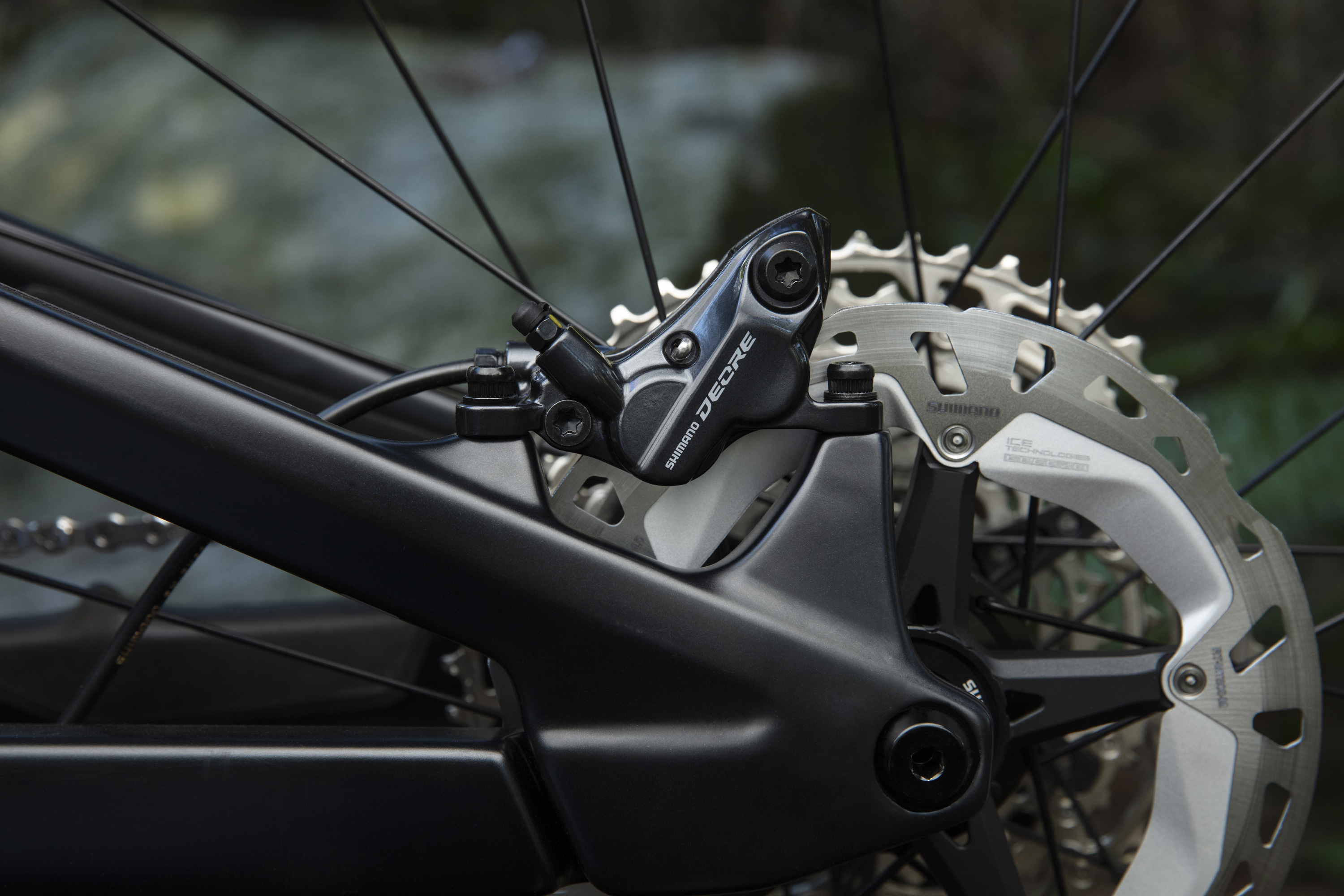
Metal or Resin: Bite and Modulation
Metal and resin brake pads slightly differ in power delivery and modulation, producing nuanced feel and control characteristics. In this regard, choosing metal or resin pads comes down to personal preference.
Metal brake pads have a more aggressive bite, with a definitive on-off brake feel. Resin pads have a more modulated, ramped feel, which is good for riders who want maximum control over the amount of braking power.
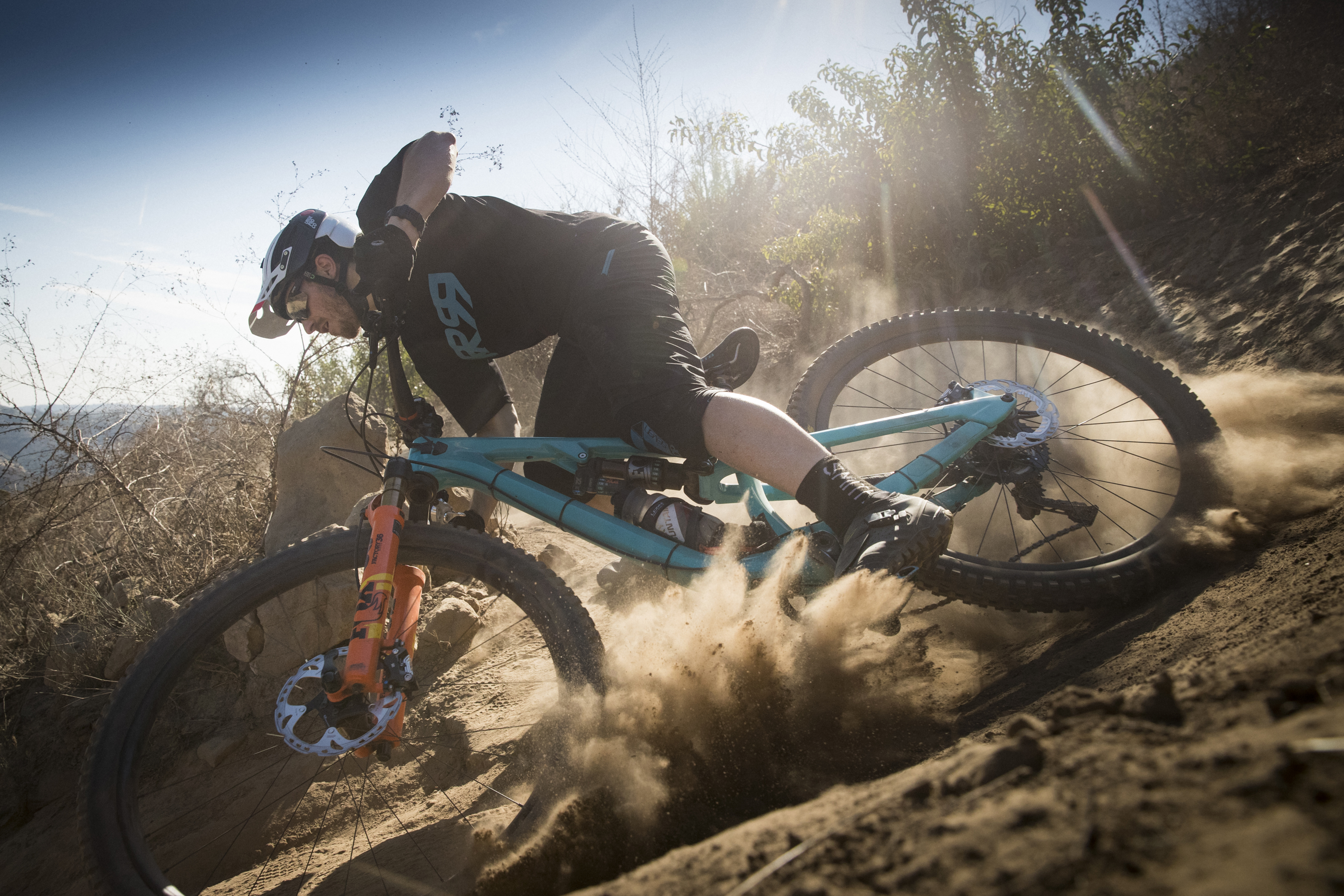
Terrain and riding style can also dictate the best pad compound. On loose, dusty trails, with sketchy traction, a resin pad may provide more measured power delivery to maintain grip. Tracks that have precise braking points with predictable traction can be better suited for the on-off power of metal pads.
For those really diving into granular tuning, like World Cup downhill mechanics and racers, the modulation of the pad compound can also affect the suspension tune under hard braking.







